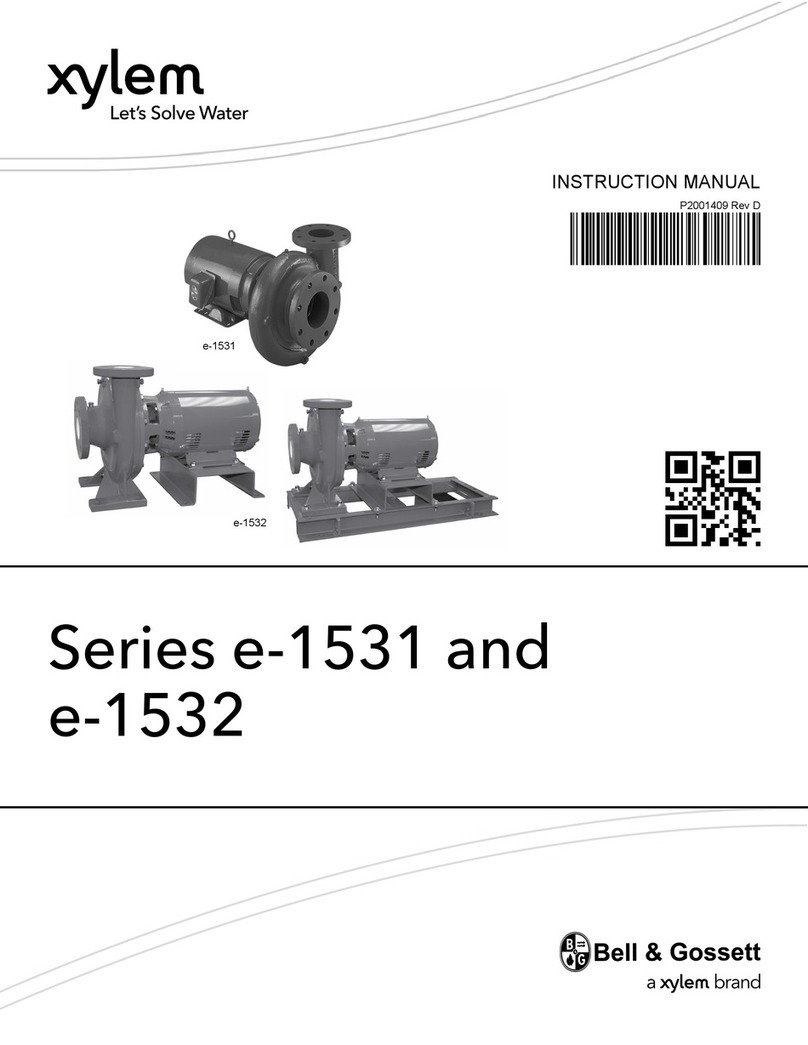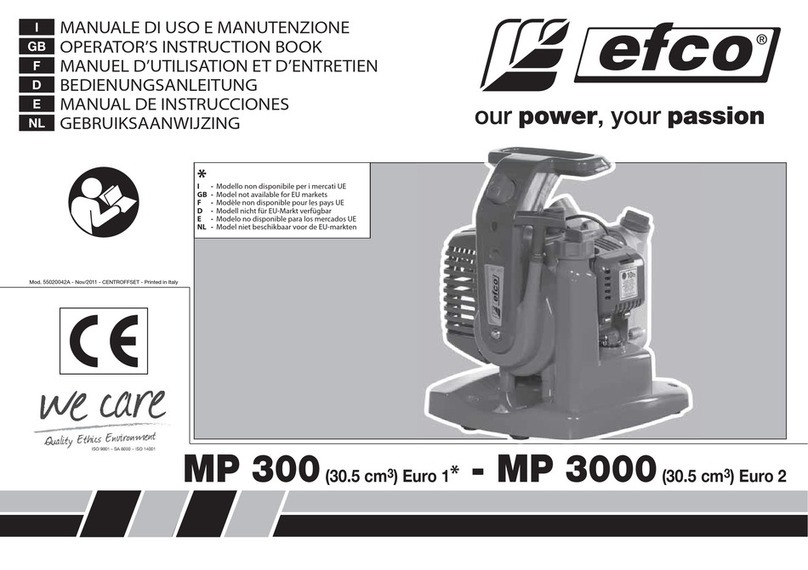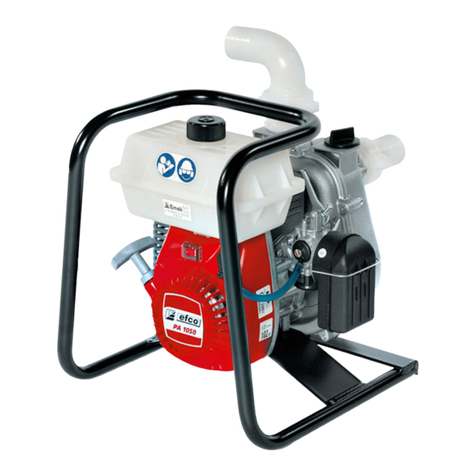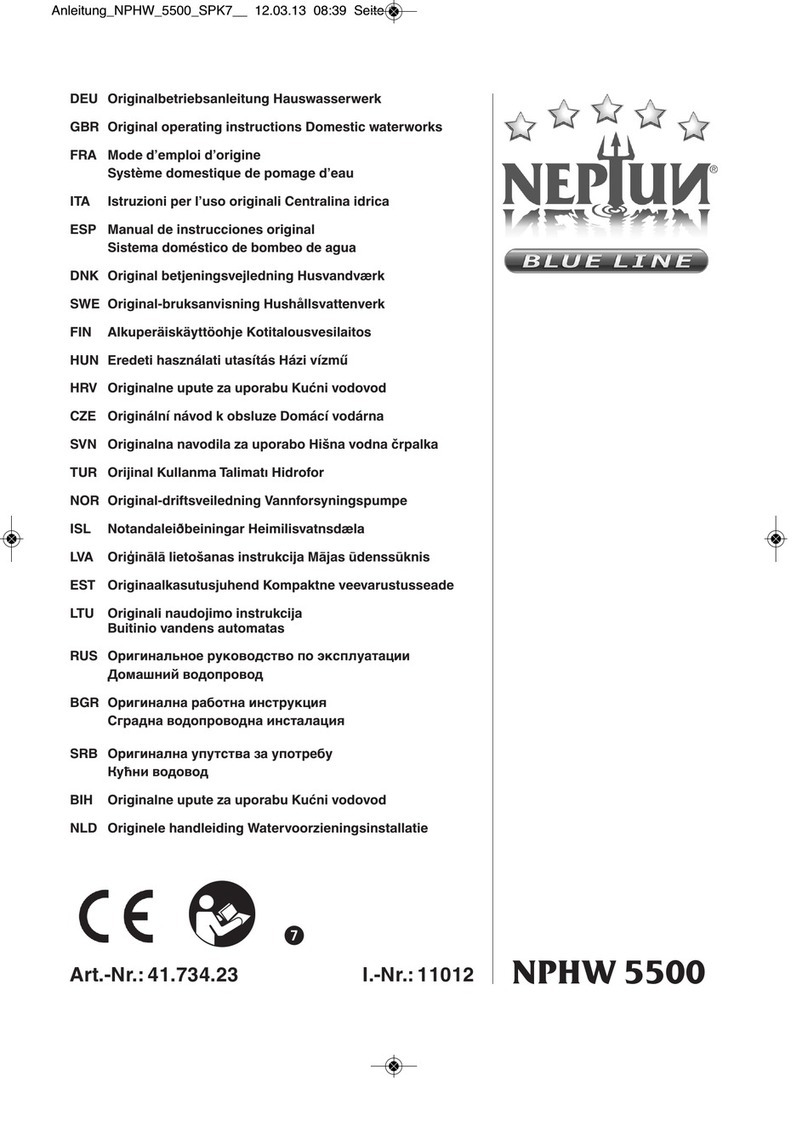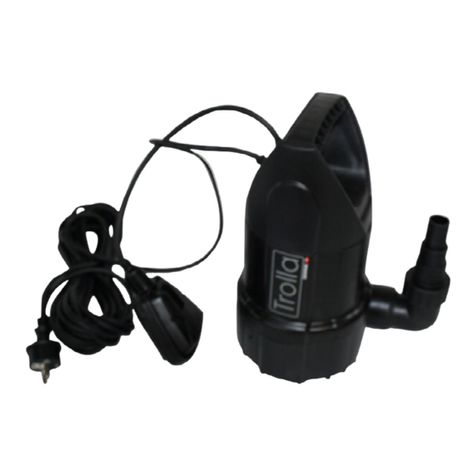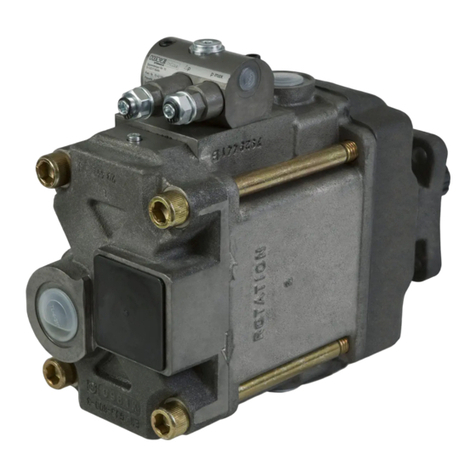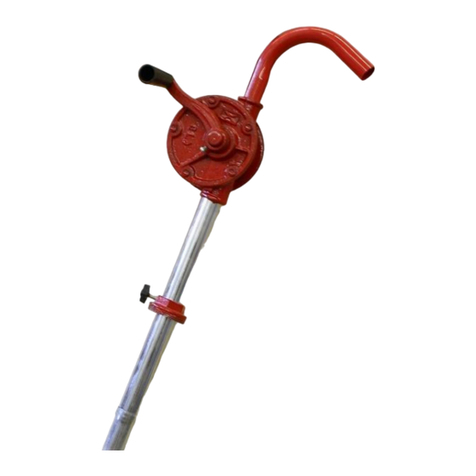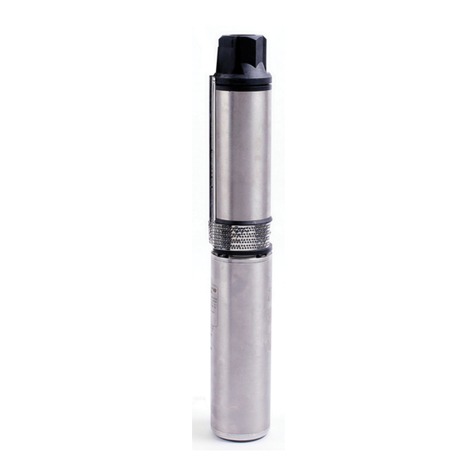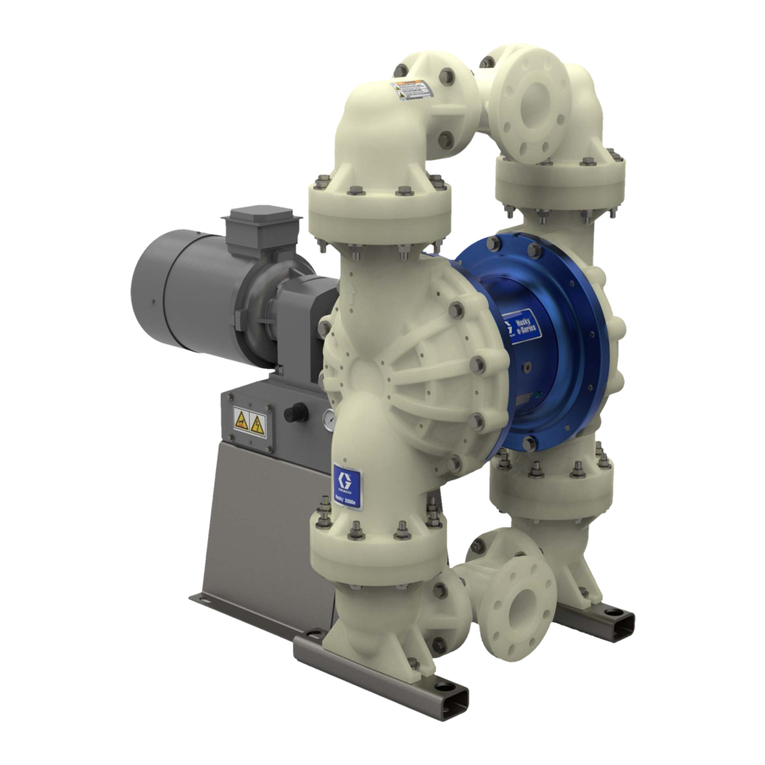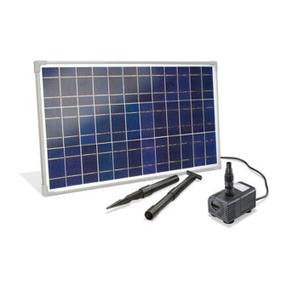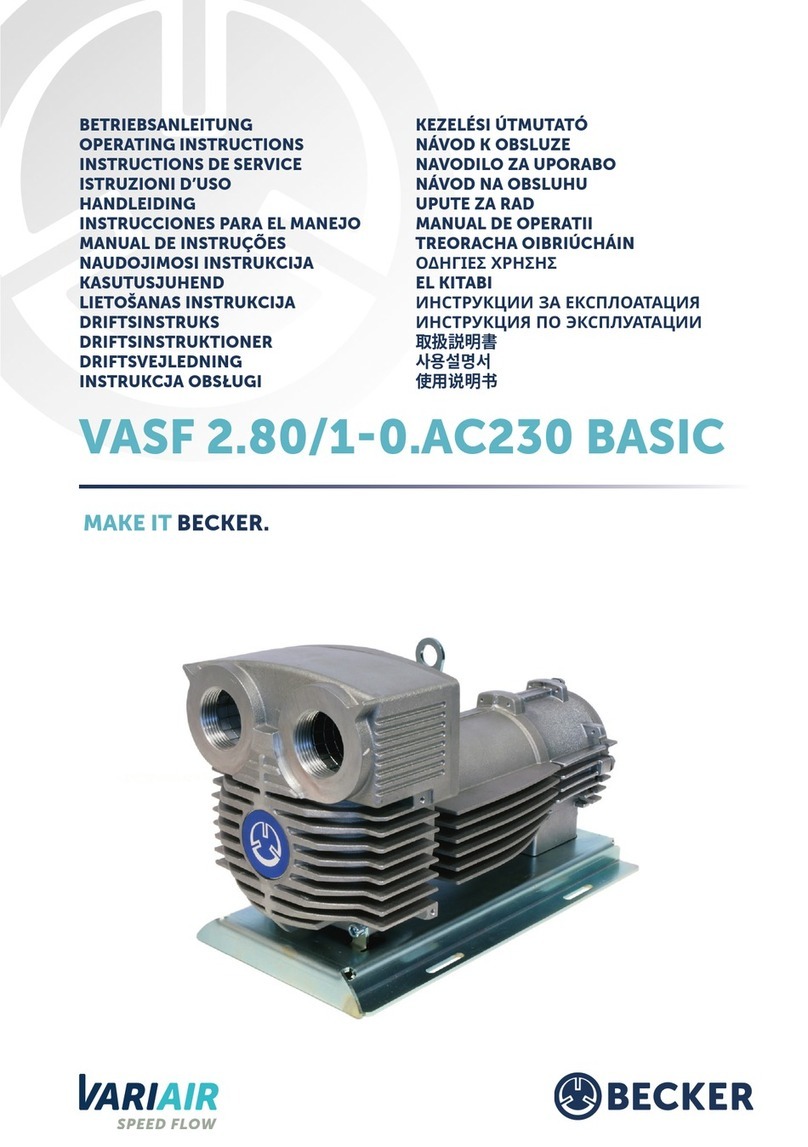
en
6
SAFETY RULES
1
Basic Safety Precautions
• Read this manual carefully until you completely understand
and can follow all safety rules, precautions, and operating
instructions before attempting to use the unit.
• Restrict the use of your water pump to adult users who
understand and can follow safety rules, precautions, and
operating instructions found in this manual. Minors should
never be allowed to use a water pump.
• Do not handle or operate a water pump when you are fatigued,
ill, or upset, or if you have taken alcohol, drugs, or medication.
You must be in good physical condition and mentally alert
(Fig. 1).
• Keep children, bystanders, and animals a minimum of 35 feet
(10 meters) away from the work area. Do not allow other
people or animals to be near the water pump when starting or
operating the water pump (Fig. 2).
• While working with the water pump, always use safety
protective approved clothing. The use of protective clothing
does not eliminate injury risks, but reduces the injury effects
in case of accident. Consult your trusted supplier to choose
equipment in compliance with legislation. The clothing must
be proper and not an obstacle. Wear adherent protective
clothing. Do not wear clothes, scarves, ties or bracelets
that get stuck in wood or twigs. Tie up and protect long hair
(example with foulards, cap, helmets, etc.). Wear safety boots
having skid-proof sole and anti-piercing insert (Fig.3). Use
protections against noises: for example noise reduction
ear guards (Fig.4) or earplugs. The use of protections for the
ear is very important, because the perception of danger audio
signals (screaming, alarms, etc.) is limited. Always remove
your hearing protection as soon as the engine stop. Wear
gloves (Fig.4) that permit the maximum absorption of
vibrations.
• Only loan your water pump to expert users who are completely
familiar with water pump operation and correct use. Give other
users the manual with operating instructions, which they have
to read before using the water pump.
• Check the water pump each day to ensure that each device,
whether for safety or otherwise, is functional.
• Never use a damaged, modified, or improperly repaired or
assembled water pump. Do not remove, damage or deactivate
any of the safety devices.
• Carefully plan your pumping operation in advance. Do not start
pumping until you have a clear work area, secure footing.
• All water pump service, other than the operations shown in
the present manual, have to be performed by competent
personnel.
• It is unadvisable to hitch tools or applications to the P.t.o. that
are not specified by the manufacturer.
2
3
≥ 35 ft
4



